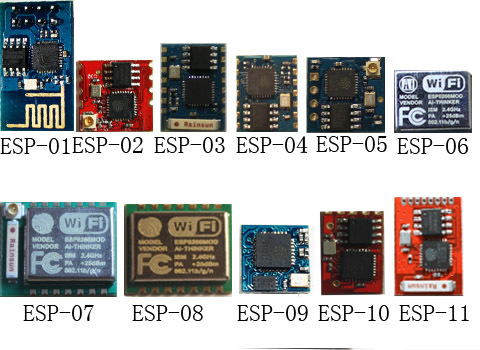I am curious about what is meant by “ESP8266 was added to the list of hardware” when you updated the blynk app recently. Wasn’t it already supported as a standalone? Does this then mean that it is supported as a wifi module for the arduino uno?
No, it was a bug about ESP8266 Standalone.
Regarding the ESP as a module for Arduino… ![]() just implemented it in BETA:
just implemented it in BETA:
Great news! Do you know when Blynk will be compatable with wifi networks that don’t require a password?
Approximately in a week, i think 
Great! I must say, the Blynk team is doing a fantastic job with customer care. I know you are all very busy and I really appreciate you all taking time to answer our questions 
Just to clear up the original question: It just means that when you select hardware when setting up your dashboard you now have ESP8266 as an option. Before this release you had to choose Uno.
Hello,
since I dont get my Wifly 171 to work, I started testing my ESp8266 today.
Disappointing - did not get it to work…
My setup:
- Arduino Mega
- ESP8266 connected with TX, RX, 3.3v and GND
- connected to Serial1
- Sketch from examples
Upload worked. ESP8266 status LED:red and blue LED are ON (no blinking, nothing else)
Application cant connect
Please help me someone out…
THX
EDIT:
tried out this:
Changed Firmware to 18 (instead of 22) => nothing
Connected CH_PD also to 3.3v => blue LED is now blinking every 10-20 secs, nothing else working though
@currymuetze, please try running ESP8266 library examples first, to see if the connection is working, conceptually.
I mean the original ITEADLIB_Arduino_WeeESP8266 from this repo: https://github.com/itead/ITEADLIB_Arduino_WeeESP8266
[Note that Blynk uses a modified one…]
currently I am trying to update firmware - but doesnt work…
I really thought all this stuff is pretty much PlugnPlay with blynk 
ESP8266 is not an easy one… you need to provide enough power for it (stable 3.3v 500mA recommended).
Maybe this is a problem…
@currymuetze what module of esp8266 are you using? There are different approaches to the board. e.g. Esp8266-03 needs one pin High and another low to run. Tell me what board you have and i might be able to guide you 
Hi
I use esp-01, as shown here:

Same problem on esp8266-01 (to Uno). Serial monitor type “…”.
I take a few days for this… 
This morning I reflashed an esp01 with latest AT firmware. I’m pretty sure it defaulted to 115200. What are you using. I’m pretty sure I needed to change it in the example sketch as well (I think it was expecting 9600).
I’m not near my machine now to check, just mentioning something to check.
Thanx…but I dont have the programing board for esp8266… 
Yeah, but I wasn’t talking about flashing the chip as the problem. My point was that after I freshly flashed a chip, the default baud for communicating with AT commands was 115200. This threw me at first since the blynk sample was initializing EspSerial with 9600 in the example. I changed it, helped me. For all I know I’m using out of date firmware, I really was just trying to mention baud as something to check.
Do you mean the breadboard adapter? You don’t need it. Male to female jumper cable work as well if you have those.
I dont understand. How I connect esp8266 to USB?
You connect the esp to the arduino as noted in the tutorial and connect the arduino using the usb
connect to arduino as USB to Serial not always work i tried many times on different computers with different Power Sources and all failed .
today i received my USB to Serial adapter - three of them with all available chips - i hope that works as i spend on parts and shipping more than 150 USD and every thing depending on ESP-01 to work.